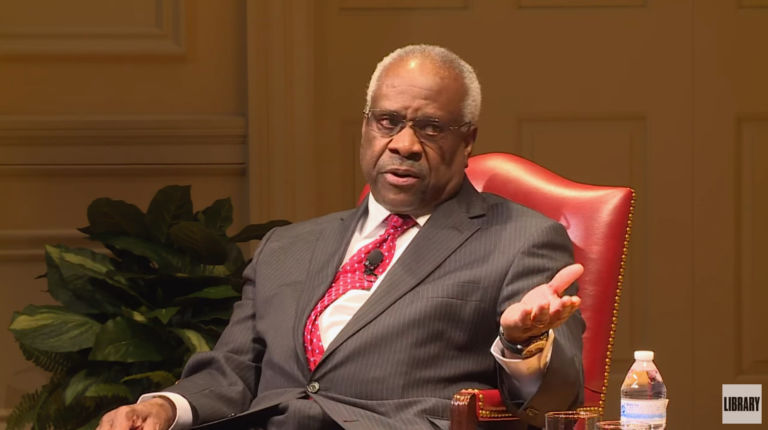Remember this?

It’s from the incoming Obama administration’s report warning of terrible unemployment in the United States for years if his stimulus plan isn’t passed. As you can see, if it’s not passed, then gosh, unemployment will hit 9.0% and stay there till the third quarter of 2010. It’d be worth a trillion dollars to keep unemployment at 8.0% and below.
With the stimulus in effect, then by the time summer of 2011 rolls around and folks start talking about the 2012 campaign, unemployment will be around 6.6%.
Remember this?
More government spending by Hoover and Roosevelt did not pull the United States economy out of the Great Depression in the 1930s. More government spending did not solve Japan’s “lost decade” in the 1990s. As such, it is a triumph of hope over experience to believe that more government spending will help the U.S. today. To improve the economy, policymakers should focus on reforms that remove impediments to work, saving, investment and production. Lower tax rates and a reduction in the burden of government are the best ways of using fiscal policy to boost growth.
That was the warning signed by hundreds of economists in response to Obama’s stimulus plan. It was a warning that went unheeded.
Remember this?
There are 1.9 million fewer people employed at the end of May 2011 than there were in February 2009 when Obama’s $800 billion stimulus package was passed. According to CNS.com:
In February 2009, the Bureau of Labor Statistics (BLS) reported that 141.7 million people were employed. By the end of May 2011 – the last month for which data are available – that number had fallen to 139.8 million, a difference of 1.9 million.
And the fact is that this outcome was completely predictable and predicted. A net loss of employment opportunities is the only logical outcome from a policy based on wealth transfers rather than wealth creation.
That was Dr. Roy Cordato’s post here last month, but the latest jobs report is now out, and unemployment is (“unexpectedly” to reporters) not 6.6%, but still rising, now at 9.2%.
The number of people employed has fallen to 139.3 percent.
That means there are 2.4 million fewer people employed now than when the stimulus passed in February 2009.
It costs a lot of money to throw this many Americans out of work. How much? Well, the stimulus costs $814 Billion, according to the CBO. So basically it’s costing about $340,000 for each net new person put out of work since the stimulus passed.
Oh, and while we’re spending all this money to put people out of work on the pretense that only government can create jobs, I would be remiss if I didn’t ask:
Remember this?
“If I don’t have this done in three years, then this is going to be a one-term proposition.” President Obama, Feb. 1, 2009


